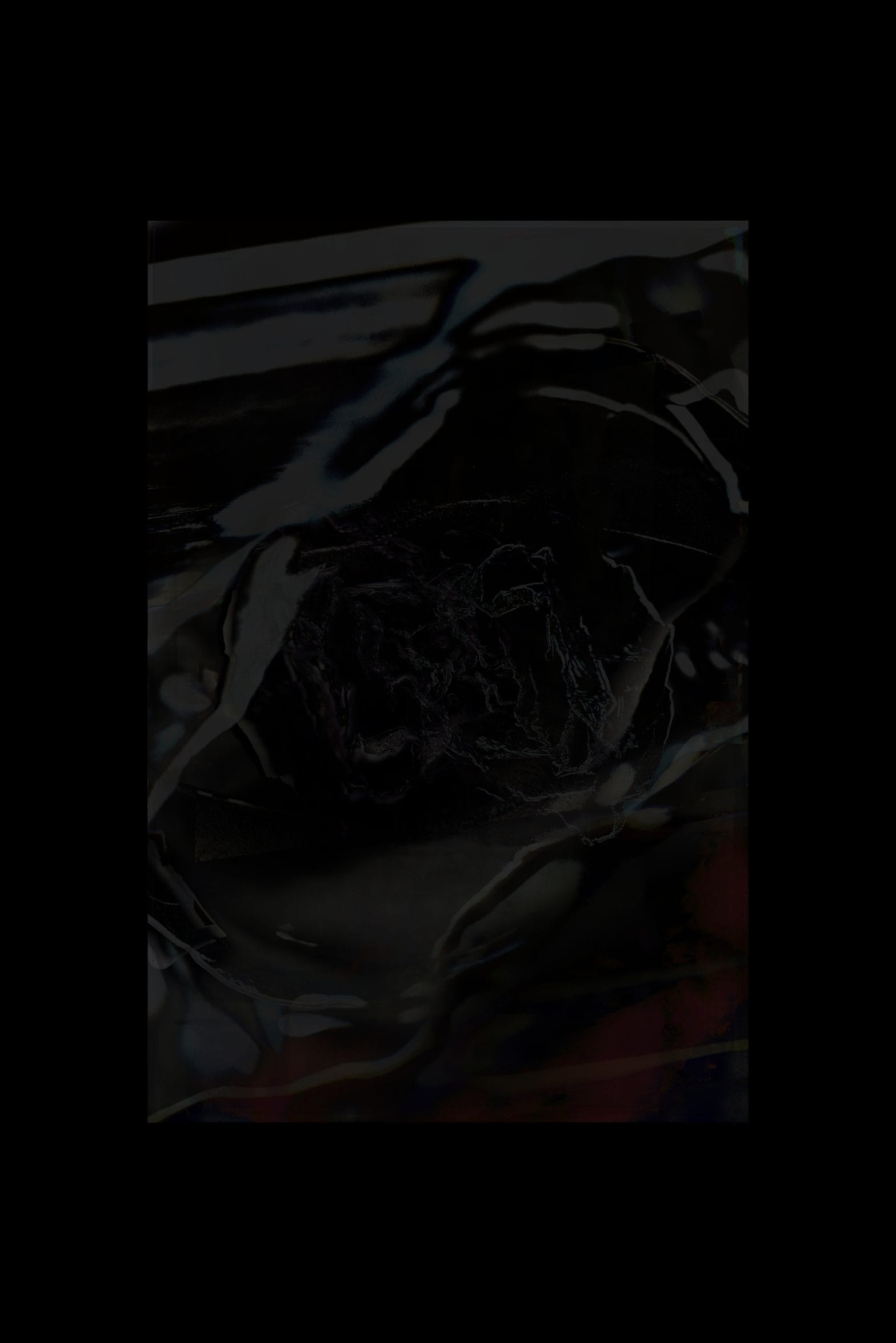Flax, if it had a voice, would be screaming while processed. It’s grabbed by the head and pulled out of the ground. Roots and all. It’s sown thickly for self-suppression, so that it grows stunted and does not branch out.
Flax needs oppression. It’s pulled around. It’s spread-eagled on the fields, and elsewhere soaked in pits and rivers.
Rivers used to wash flax are damned rivers – they have no fish anymore. Then, the flax is scotched and broken.
I want freedom.
But if I get it, I’ll go look for bondage – by a woman, by a publisher. Still the writer does need a gap to take two steps, like a boxer for a strike, he needs the illusion of choice.
For the writer, illusion is a strong enough material.
There are two ways now. One is to leave, to dig yourself in, to make money with something other than literature and to write privately, at home.
The other way is to dedicate yourself to describing life, conscientiously looking for the new way of life and the right world view.
There is no third way. This is the way to go. The artist should not follow tram lines.
The third way is work in newspapers, magazines, to work daily, to care not for yourself but only for the work, to change, to interbreed with the material, to process it again, and then, there shall be literature.
Out of Pushkin’s life, Dantes’ bullet was probably the only thing the poet did not need.
But he did need the fear and oppression.
What strange work this is. Poor Flax.
Viktor Shklovsky (1895-1984), The Third Factory, 1926: ‘On Freedom of Art’, translated by Dr. Alexandra Berlina.
Jacques Derrida: Archive Fever
Flora Excursoria Hafniensis
The oldest documented human use of flax dates to the Upper Paleolithic period, around 30,000 years ago, based on the discovery of spun, dyed, and knotted flax fibers in the Dzudzuana Cave in present-day Georgia.
In ancient Egypt, temple walls were decorated with paintings of flowering flax. Linen made from flax was used for embalming mummies, and flax fibers are two to three times as strong as cotton fibers.
Even today, linen produced from the flax plant remains the material of choice for painters.
Paratext #1
“Edgar Degas, Little Dancer Aged Fourteen, 1878–1881, pigmented beeswax, clay, metal armature, rope, paintbrushes, human hair, silk and linen ribbon, cotton faille bodice, cotton and silk tutu, linen slippers, on wooden base, Collection of Mr. and Mrs. Paul Mellon, 1999.80.28″
Curatorial text from the National Gallery of Art, Washington DC, description of the sculpture ‘La Petite Danseuse de Quatorze Ans’, the only sculpture Degas exhibited during his lifetime.”
Viktor Shklovsky: Art As Technique, 1917
“And art exists that one may recover the sensation of life; it exists to make one feel things, to make the stone stony. The purpose of art is to impart the sensation of things as they are perceived and not as they are known. The technique of art is to make objects “unfamiliar,” to make forms difficult, to increase the difficulty and length of perception because the process of perception is an aesthetic end in itself and must be prolonged. Art is a way of experiencing the artfulness of an object: the object is not important…”
